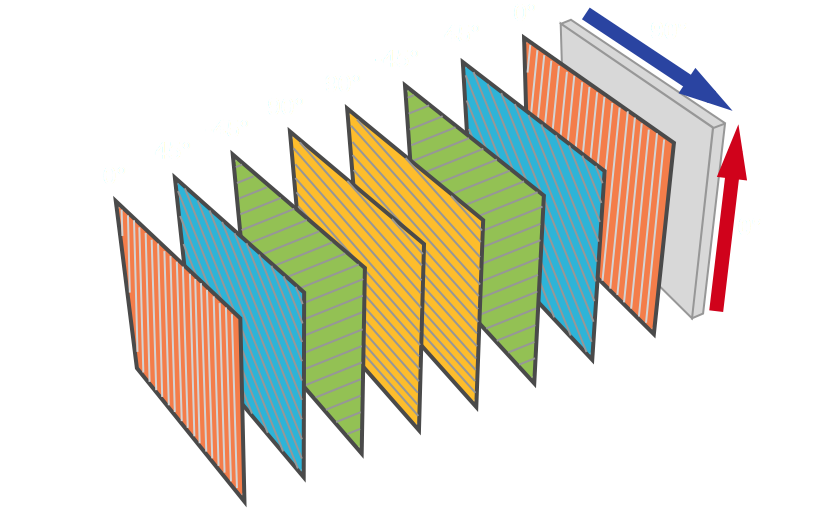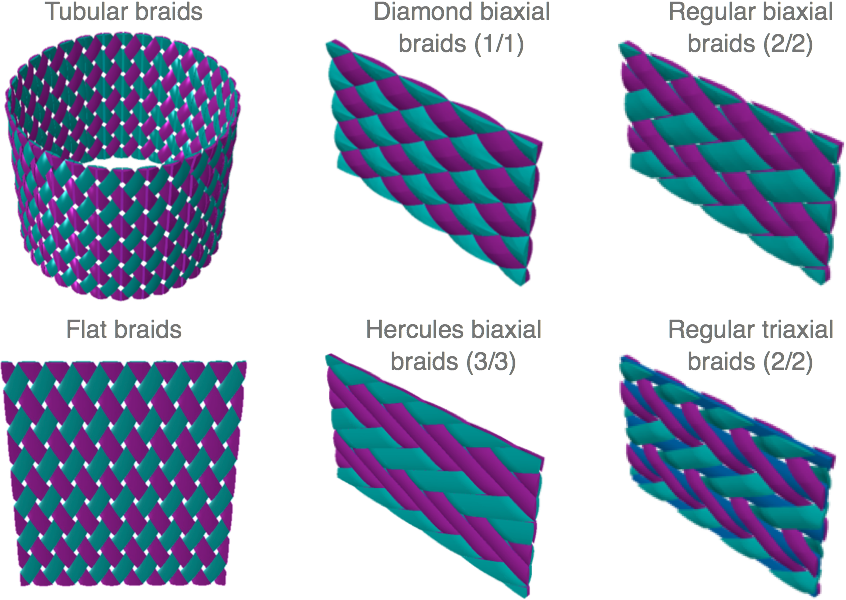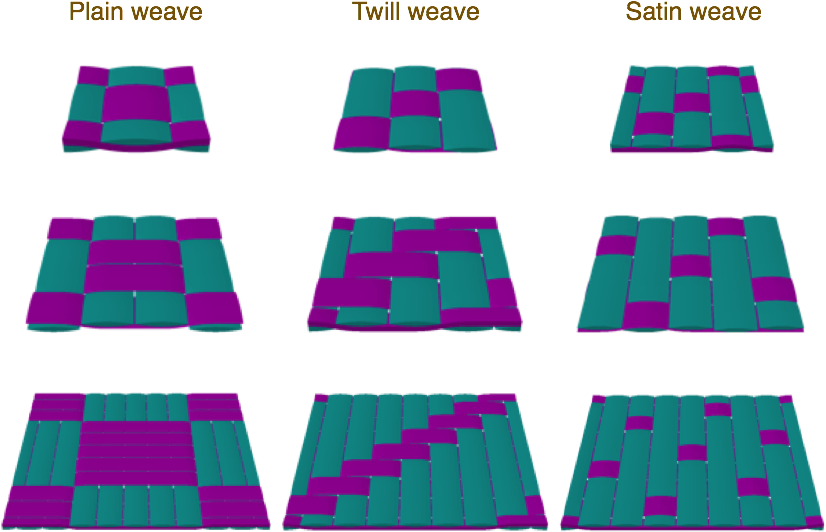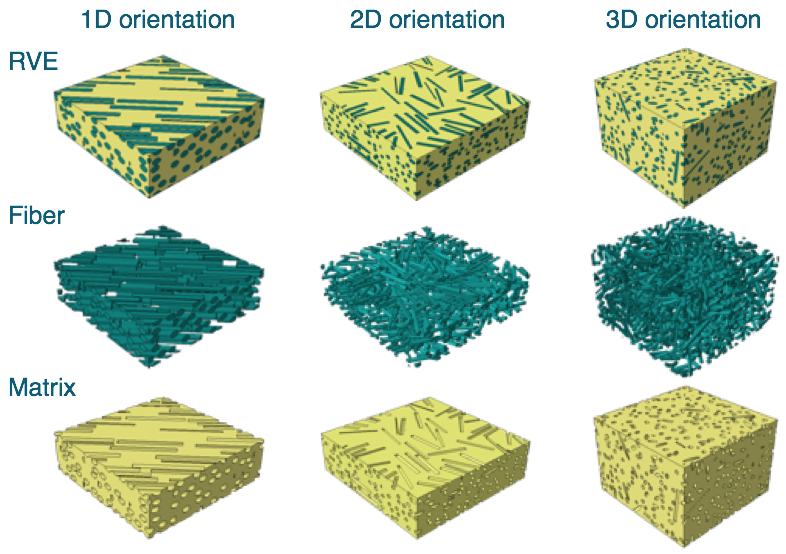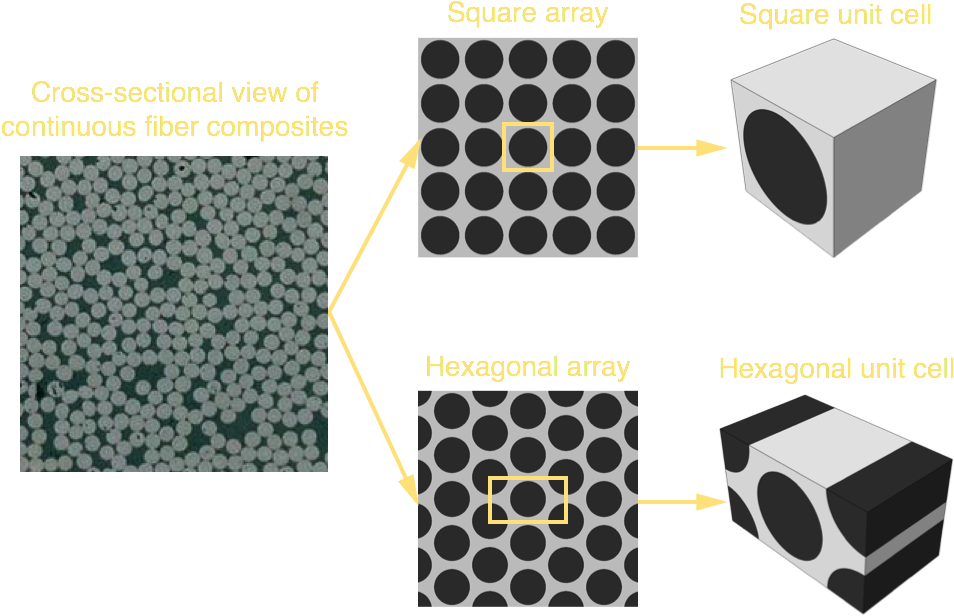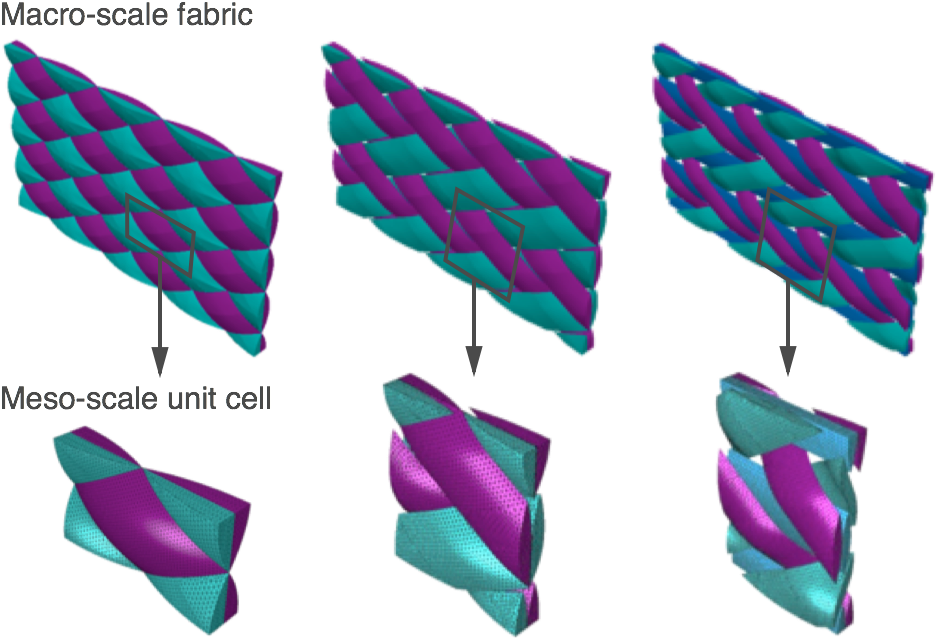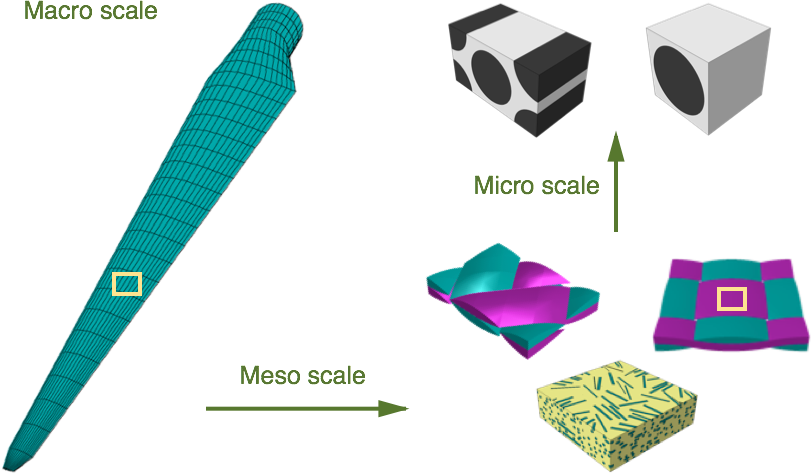xComposites
MultiScale Analysis Tool
xComposites is a powerful tool for various analyses of composites: failure analysis, progressive damage analysis, fatigue analysis, & etc. Using the micromechanics-based multiscale approach, you can unveil the micro mechanisms of composites, design your novel combinations, and test new parts.
Explore...
